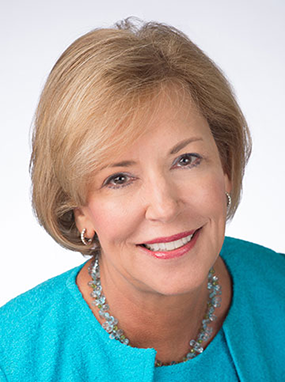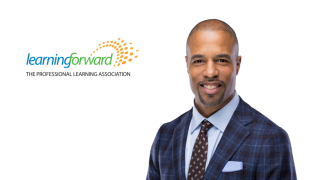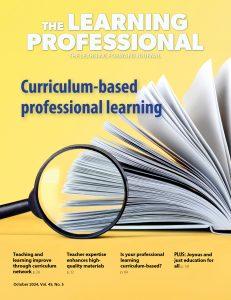Learning Forward recently commissioned and supported a study on the state of professional learning in Canada. You can read about the study as well as the reports and papers resulting from it in the February 2017 issue of The Learning Professional.
When first asked why Learning Forward invested in this study, I said we not only wanted to continue to deepen the field’s understanding of what professional learning looks like worldwide, but also wanted to offer a gift to the Canadian members who would host our Annual Conference in December 2016.
And then, while we were at that conference, the latest results from the Programme for International Assessment (PISA) were released. The results from that international assessment show that students in Canada outperform students in most other nations.
Now there’s no question about why we should look at what Canada is doing with its professional learning.
Canada figures prominently in another study. The school system in British Columbia was highlighted in Beyond PD: Teacher Professional Learning in High-Performing Systems, the 2016 report from the National Center on Education and the Economy that examines teacher professional learning in four high-performing systems and provides evidence that continuous professional learning deeply embedded into the framework of schools is fundamental to student success. [Click here to access resources to help educators explore the findings in the Beyond PD study and consider implications for policy and practice.]
When we have data available from such assessments and research studies, I wonder: What is happening with educators in those countries? How do they manage to help more students achieve higher outcomes than their colleagues in the U.S.? More importantly, what can we learn from it?
While there are fewer issues that rise to the level of federal interest in Canada than there are in the U.S., there are two that both nations prioritize. First and foremost is equity. In the U.S., we struggle with huge achievement gaps among various groups of students, including those with socioeconomic differences and those with racial differences. In Canada, educators face similar challenges.
The Canadians are also deeply committed to quality teaching for every child. Like the U.S., Canada invests in professional learning to ensure teachers have the support they need to help every child be successful.
So what steps can Learning Forward members — in the U.S. as well as beyond North America — take with the report? I invite you to consider the following actions.
- Read the report to understand how a country so similar to the U.S. approaches professional learning.
- Tag parts of the report that you believe would generate important conversations with colleagues, decision makers and policymakers, and others. Offer to facilitate such a conversation.
- Write and disseminate or present your own summary of the most relevant findings to your context, discuss what you will do next with these findings, and challenge others to determine what they can do as well.
There is no question that educators in different countries — and even in different states and cities — have unique contexts, and we can list many valid reasons why particular practices won’t work in different places. Yet it is rare when we get such windows into teaching and learning practices that studies like this offer.
This post originally appeared in Learning Forward’s PD Watch.






